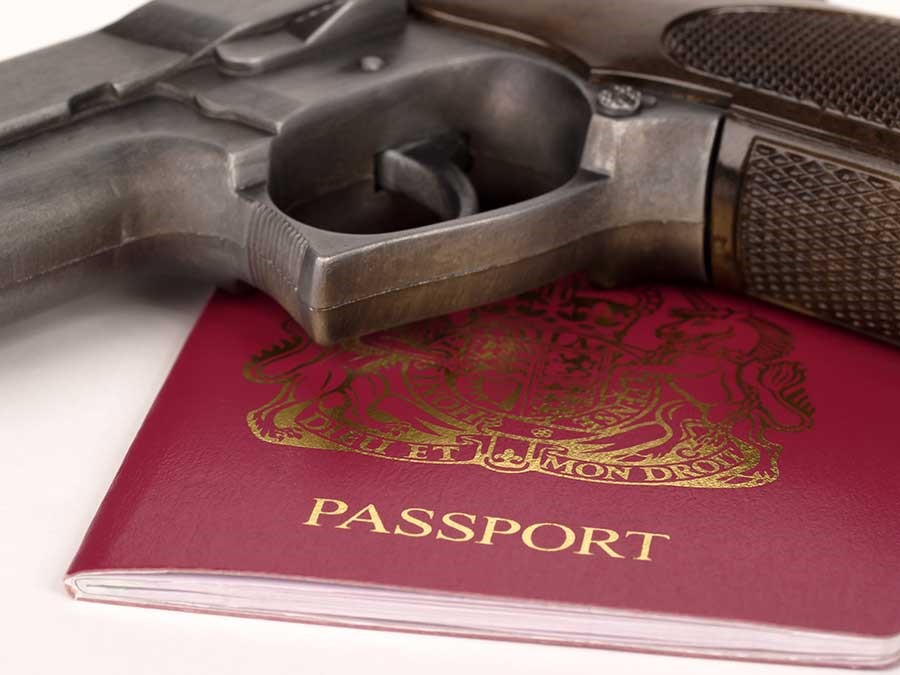With the ongoing debate surrounding gun ownership in the United States, are you up-to-date with the regulations governing the import of firearms into the U.S.?
The transportation of firearms on board general aviation aircraft within the United States is a topic that has stirred up much controversy as the debate over the second amendment rates in the upcoming election. Flying with firearms can be a very complex subject, but with a basic understanding of the concepts behind it and a little due diligence, you will be able to safely and legally fly with your firearm.
In general, the ability to legally fly with a firearm has three components:
1. The legality of having the firearm at the point of departure
2. The legality of having the firearm as you traverse airspace
3. The legality of having the firearm at the point of arrival
The most immediate question of legality is the point of departure. You should be able to legally possess a firearm and must ensure that there are no airport restrictions on having a firearm. Most airports will have a general aviation ramp that is outside the sterile area where it is permissible to possess and pack your firearm into the aircraft. However, should the airport, city, or state ordinances prohibit having a firearm at your point of departure, a separate departure point should be selected.
Once you have verified that you can legally depart with the firearm, the next step will be to examine the route of travel. The Firearm Owners Protection Act, Safe Passage Provision offers some protection in that it states that so long as you are legally allowed to possess firearms under federal law at the departure and arrival stations, then you are allowed to transport the firearm across state lines, even if that state prohibits you from possessing the firearm. There are some conditions that must be met, so it is a good idea to ensure that you comply with all the conditions outlined in the federal statute.
If you are traveling internationally, then things are slightly more complicated. You must ensure that the governing body for each flight information region (FIR) that will be traversed allows for the possession of a firearm aboard the aircraft and that all requisite permissions, documents, and taxes are addressed before your trip. You also may be required to import and export your weapon as you clear it through customs.
Which brings us to the arrival legalities. As stated above, if traveling in the United States you usually don’t have anything to worry about as long as your destination airport doesn’t have you entering the sterile area. You should also ensure that your alternate airports are clear to land at should you have to divert. The last thing you will want to do is have to divert to an airport that prohibits all firearms and then be questioned, or at worst detained. The same applies when arriving at foreign destinations. With a little research and preplanning, you will be able to safely fly with your firearms onboard your private aircraft without any hassle or risk.





